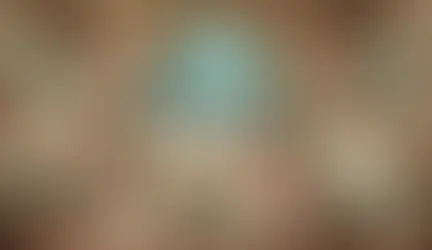Gestalt thinking & Asperger syndrome
- Luisa G.
- May 3, 2019
- 2 min read
Following Olga Bosdashina (2004), when too much information needs to be processed simultaneously, very often, children with Asperger are not able to “ break down” and interpret a whole picture into meaningful units as constituents of a global context. They process “ bits”, selecting minor aspects of objects in the environment, instead of the whole scene. This is also known as Gestalt thinking and can be addressed by the use of the layout design and image composition.
Layout composition requires lots of experimentation. Images and text and its shapes, sizes, and typefaces can be combined in multiple ways. Nevertheless, following the Hick´s Law (1952), and having in consideration that children with Asperger´s tend to lose their concentration when they have too many stimuli around, options should be kept to a minimum. The rate of gaining information is higher when the presence of unessential elements is avoided. ( Bogdashina, 2004; Camera, 2007)
The rule of thirds, the use of geometrical forms and the shots exhibited within a picture are some of the most essential techniques of image composition able to ease the lecture of the viewer. ( Camera 2007)
• The rule of Thirds
Following “the rule of Thirds” , elements in the centre of the scene should be avoided, placing the important ones in the next intersecting points

The placement of objects in the marked locations, drives the viewer´s attention easing his/her understanding of the situation. It keeps clean the picture, avoiding distractions and dispersions, that are characteristics of Asperger syndrome. ( Bogdashina, 2004; Cámera 2007)
• Geometrical forms
Another source of image composition, to spotlight messages, is the use of geometric forms and letters. These shapes are easily assimilated to concentrate the focus point and emphasize what is happening: the situation, the character reactions or the intentions we expect our receivers capture. (Cámera, 2007)

• Type of shots:
According to Roy Thompson and Christopher a J. Bowen (2009), behind every shot, there is an action recorded from a particular point of view. With the same elements within an image, the combination of focal lengths and camera angles can generate a diverse range of versions, triggering that way different perceptions and interpretations in the viewer.
Whereas Long Shots include a large amount of the environment within the space, establishing the place in which the situation takes place; medium shots show the character from their knees or waist; and closer shots begin below the character’s chin or with a little upper shoulder visible.



























Comments